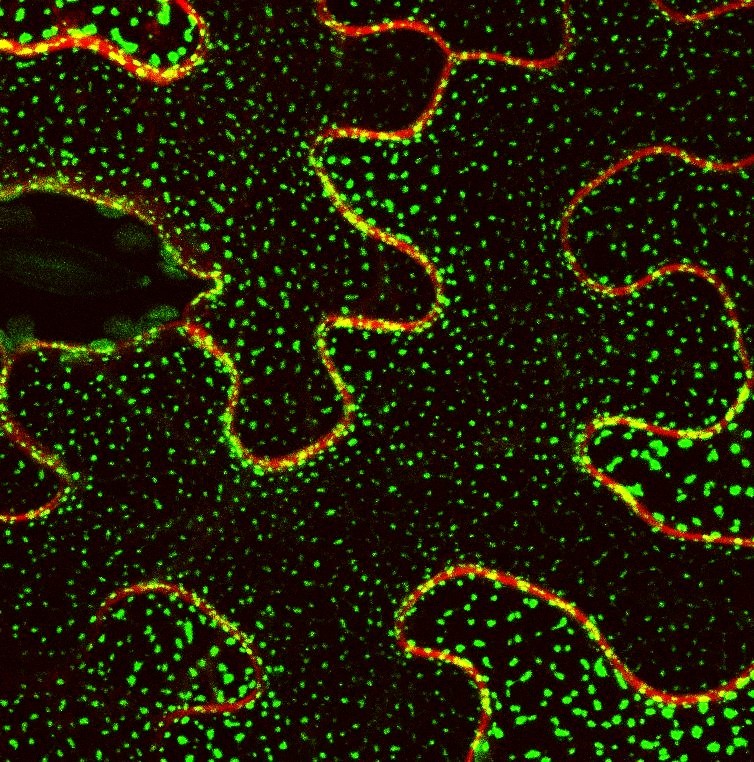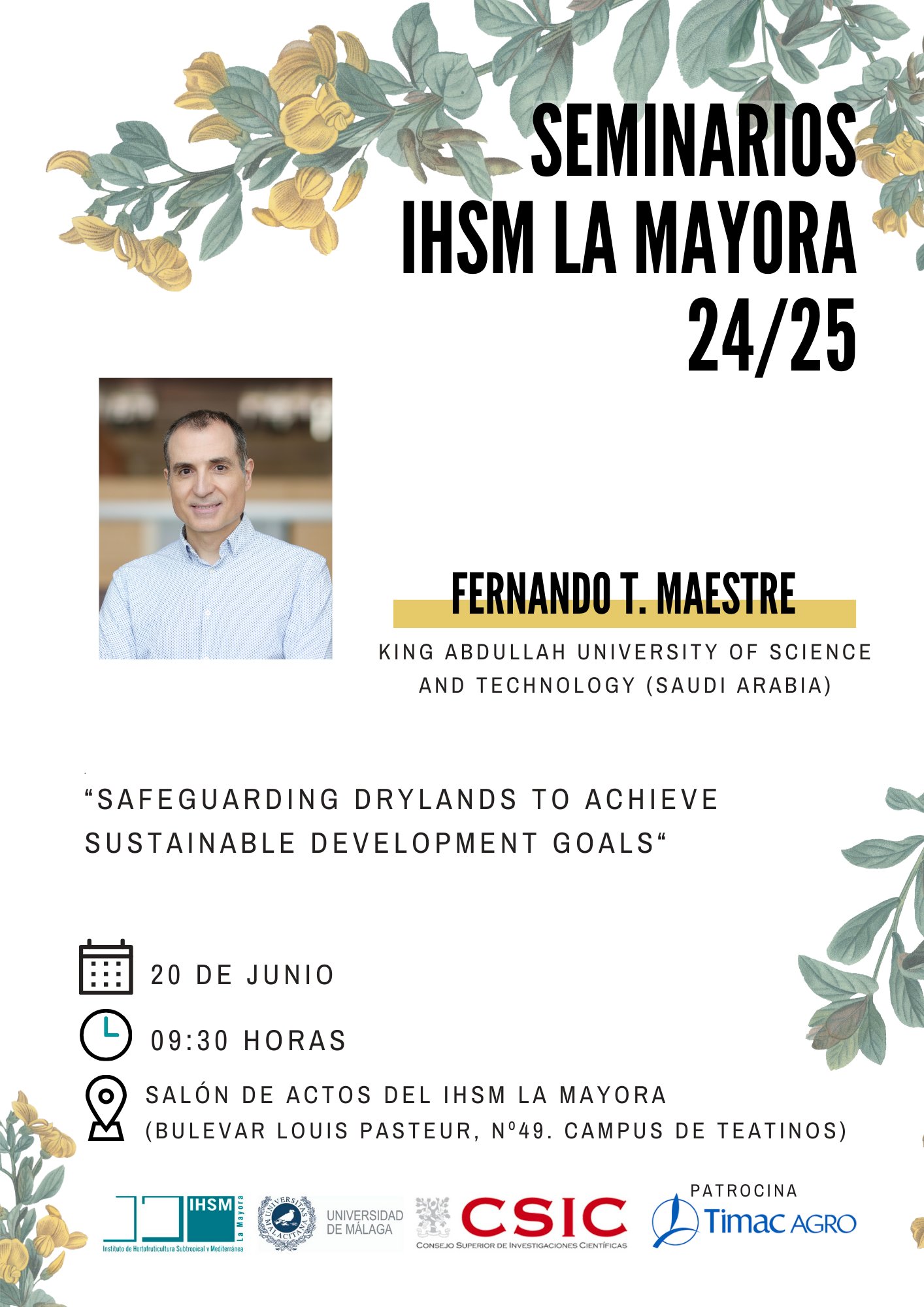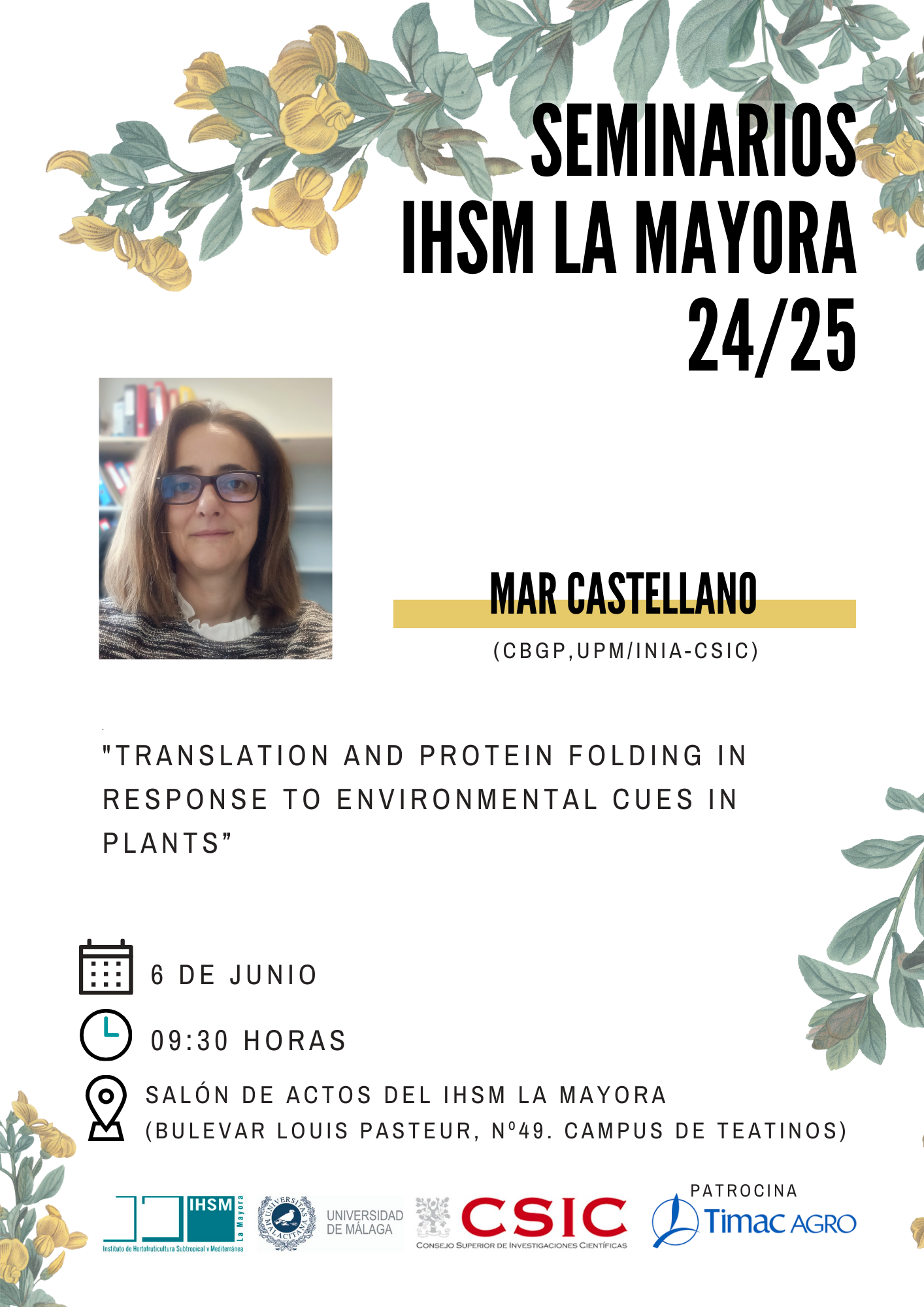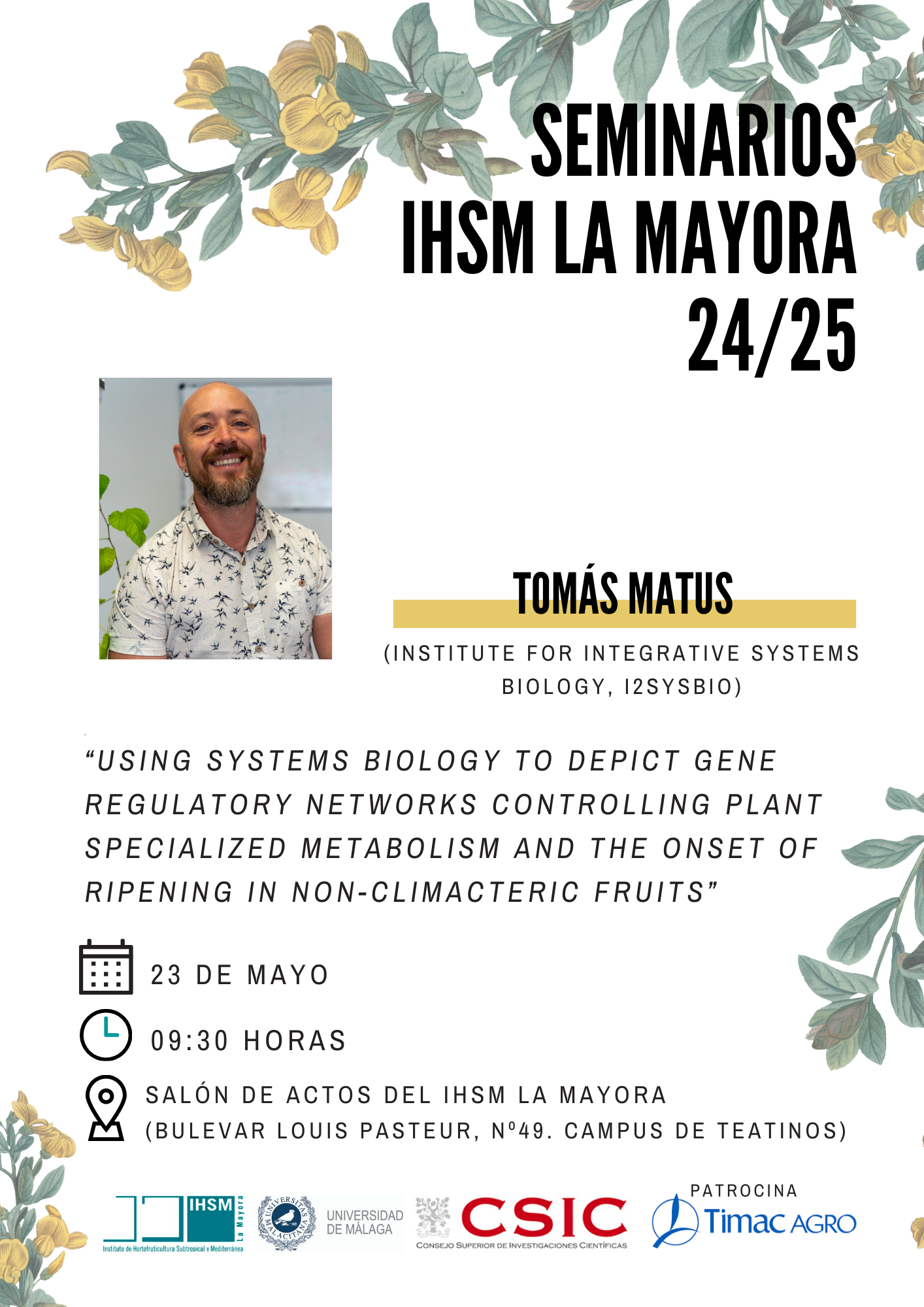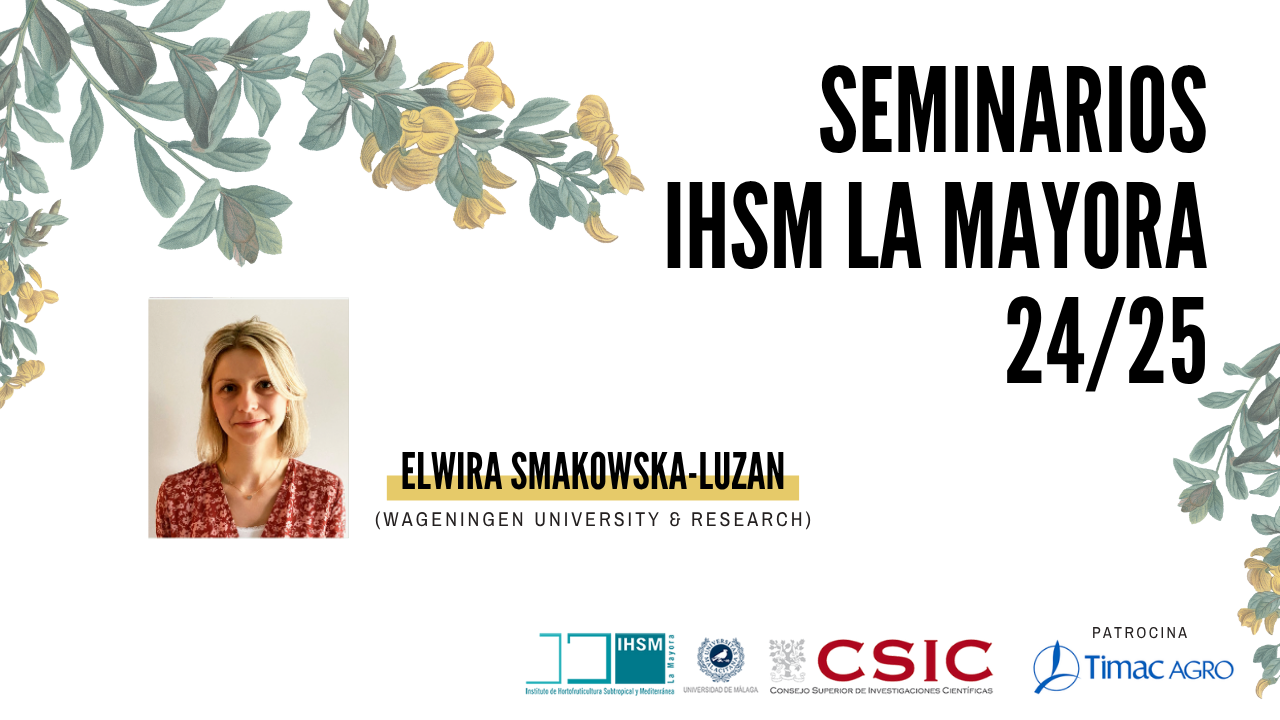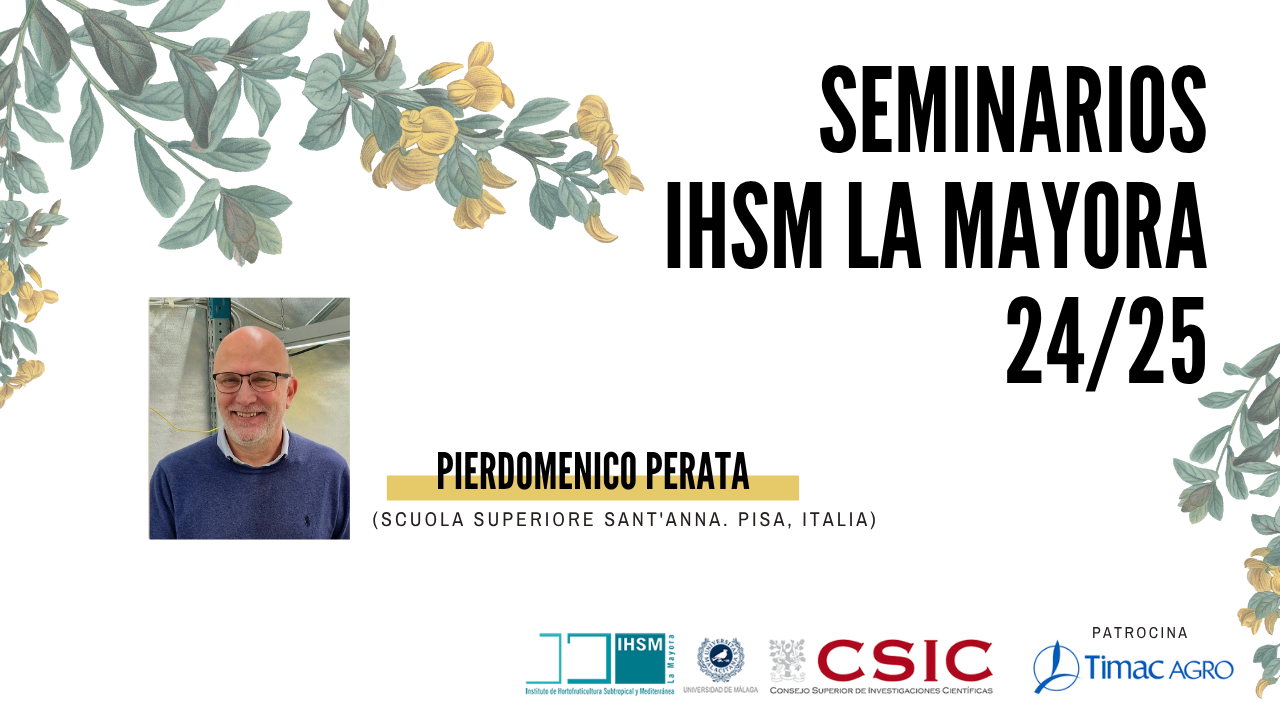
Seminario del Dr. Pierre Boursot, Institut des Sciences de l’Evolution Montpellier (ISEM), Université de Montpellier
PIERRE BOURSOT BIOSKETCH: Pierre Boursot is a senior researcher appointed by the French CNRS, presently working at Institut des Sciences de l’Evolution Montpellier (ISEM), Université de Montpellier, France. His research bears on Population Genomics applied to understanding the role of natural selection, whether adaptive or non-adaptive (i.e. resulting from genetic conflicts), in speciation (reproductive isolation) and hybridization (massive inter-specific introgression). His favourite models are mice (Mus) and hares (Lepus). He also has interest in the genomic causes and consequences of evolutionary changes in sex-determination systems, questioning the role of sexual antagonism (favourite model the African Pygmy Mouse, Mus minutoides). He is author of 82 publications in peer reviewed journals, with an h factor of 38 (WoS, April 2019). He acted as Deputy-Director of Research Department “Biology, Evolution, Environment” of University Montpellier II (1996-2004), Deputy-Director of Institut des Sciences de l’Evolution Montpellier (ISEM, 2007-2010, http://www.isem.univ-montp2.fr), Team leader at ISEM (2011-2014, Team “Sex & Speciation”, 6 permanent researchers), Director of LIA (Laboratoire International Associé, InEE, CNRS) “Biodiversity and Evolution” since 2014 (http://www.lia-bioevol.org/), and Director of a Laboratory of Excellence of the University of Montpellier since 2015 (LabEx CeMEB, Centre Méditerranéen Environnement et Biodiversité, http://www.labex-cemeb.org/). He has been a member of the International Advisory Board of the laboratory CIBIO (Porto, Portugal, https://cibio.up.pt/) since 2010. He is also presently leading the partnership of University of Montpellier with the laboratory CIBIO (Porto, Portugal) and the Porto Business School (Portugal), in the H2020 Teaming project “BIOPOLIS” aiming at the upgrade of CIBIO into a Center of Excellence in R&D&I in biodiversity and agrobiodiversity research and ecosystem services. ABOUT THIS SEMINAR: The causes and consequences of genetic introgression between species : range invasion, adaptation and genetic conflicts in hares (Lepus) Although it is convenient to describe biodiversity by classifying living beings into discrete entities we call species, it is increasingly acknowledged that genetic information is often exchanged between such entities, sometimes massively. This has long been described in plants but is now recognized as a pervasive phenomenon also in animals. Understanding the causes and consequences of such events is a step forward into grasping the essence of the evolution of life, i.e. of the conditions under which genetic information can perpetrate. I will here present a case study, starting from the observation of pervasive mitochondrial introgression from an arctic hare species into three other species presently living in the Iberian Peninsula. I will present population genomic evidence that this massive introgression could be the accidental result of demographic processes occurring during species range replacements driven by climate change since deglaciation. I will also present evidence that mitochondrial introgression was accompanied by co-introgression of genes compensating the negative effects of the alien mitochondria on mitochondrial functions and male fertility. I will thus defend the idea that this introgression, although massive and affecting three species in a given geographic area, was not driven by adaption to the environment, but results from a demographic accident and the resolution genetic conflicts caused by the maternal transmission of the mitochondrial genome. I will however also present evidence of presumably adaptive massive introgression of innate immunity genes. Altogether, we have identified several potential causes of massive introgression: genetic drift during demographic changes, and the resolution genetic conflicts, whether intra genomic (between the nuclear and cytoplasmic genomes, that have thus nothing to do with adaptation to the environment) or interspecific (with co-evolving parasites).


